Life in Yarmouth Port between 1850 and 1900 had a flavor all its own. The population of the entire town in 1885 was 1,856 and social life was very important. Visiting friends and neighbors was a daily routine. During this time Yarmouth Port was considered to be the area between Barnstable town line on the west and on the east the North Side School, which is now the present sight of the fire station. Locals called this “upstreet.” Freeman Howe’s field was an area located behind the fire station and used for large celebrations. It is now part of Clipper Ship Village.
Lyceum Hall was originally constructed in 1848 and was home to many public lectures, meetings and other events; a community center. It was a very popular spot for shows, music and social affairs, most of which were followed by refreshments and dancing to “expand minds and refine and elevate taste.” The price of admission was usually 10¢ and if it was a show of professional actors or musicians 25¢. At some dances you could pay one price to dance or just watch for a lower price!
One noted performance was a group of young ladies appearing at the Hall as the Broom Brigade doing routines with their brooms and ending with a farce called “Champion of her Sex.” Afterwards, a few hours of dancing was enjoyed by all. An invitation was extended to every person in town who enjoyed dancing, to participate in the sociability of Thanksgiving night at Lyceum Hall where Kenney’s orchestra furnished the music. The Hall was destroyed by fire in 1880 and quickly replaced by the present structure at 206 Old King’s Highway, now a private home.
Another community gathering place was the New Church with organ recitals given by Charles. A. Clark or later, Benjamin Hallett. Short plays were performed followed by ice cream and cake. Admission was 10¢. In the 1880s and 1890s there was an explosion of clubs everywhere and Yarmouth was no exception. Whist clubs, music clubs, political organizations, religious societies, service clubs and temperance groups, literary and historical clubs were all active. Something for everyone!
It wasn’t all fun and games, but people created a busy lifestyle for themselves and a feeling of community. Daily chores included bringing in firewood, caring for livestock, laundry done by hand, cooking, cleaning, caring for children and more. Depending on the season there was berry picking time, cranberrying and preserving of food such as fruit, sweet pickles and citron. Cod was salted and dried. To prepare a house for cold weather, seaweed was often piled around the foundation as insulation.
In the winter women had sewing circles and held meetings with readings and music. Popular games were Eucher, a card game that introduced the Joker into the deck and Halma, a game similar to Chinese Checkers. The young people would go ice skating on Dennis Pond. They would build a bonfire and skate by moonlight, one of the pluses of a clear winter night, or go sleighing.
After a snowstorm men would have to shovel a path to the animals, wood pile and privy; walkways to churches, stores and schools were cleared by hand. Streets needed paths wide enough for the horse and buggies and were also shoveled by hand or compacted by a large roller drawn by a horse.
In August of 1889, the inside fixtures of T. T. Hallet’s new drug store was fitted and the counters and showcases arranged - it was the town’s new pharmacy. Other stores along the street included Crocker’s store at Willow Street, Zenas Snow’s dry goods store, Soranus Hall’s meat market, B. T. Gorham’s shoes and boots, and a harness maker.
The simplicity of rural life and the pace it set in Yarmouth Port changed at the close of the century. Introduction of conveniences such as the telephone and radio, automobiles and macadam roads speeded up the daily routines of Yarmouth Ports citizens and tourism brought many visitors to our little town, creating a whole new industry and way of life.
(Excerpted from an article by Pat Tafra)












